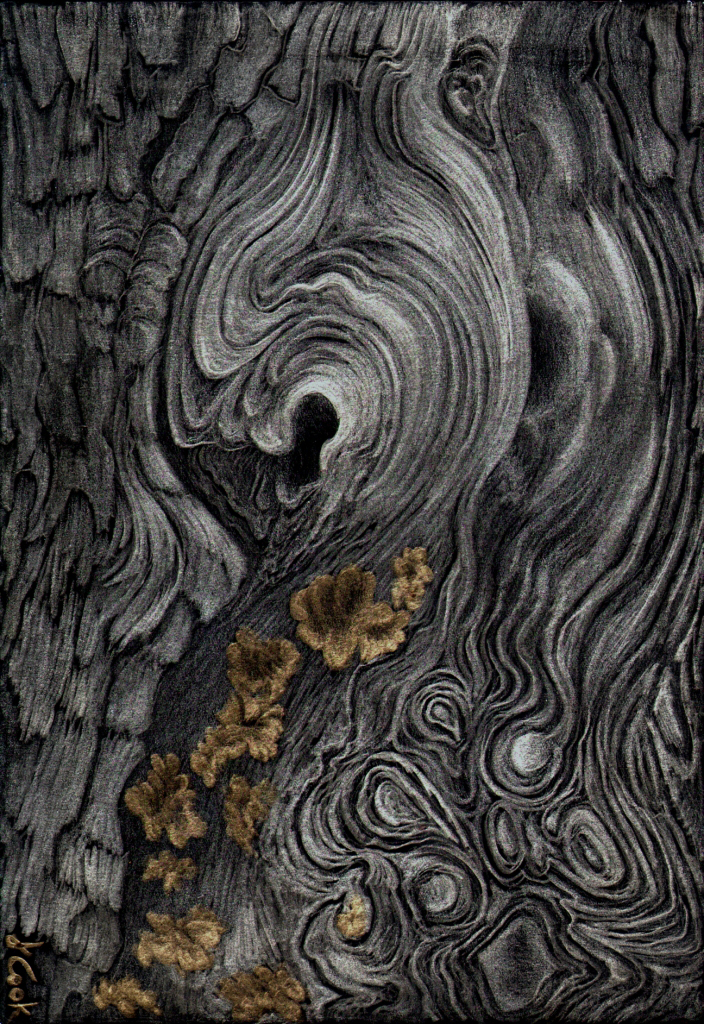Listening to NPR, this morning, Rachel Martin interviewed the English songwriter-singer, Emeli Sande, about her music, now that she is launching her first album here in the United States. She is a highly lucid and engaging young woman, a neuroscience major, who has reverted most successfully to her first love, music, since opportunity came knocking.
At one point, when asked when she started writing songs, she replied,
"I began writing when I was about 6 or 7. And even at that age, I just thought it was so incredible that you could create something from nothing, and it was all in your mind and imagination," she tells Weekend Edition host Rachel Martin. "The combination of poetry and music I just thought was incredible."
The phrase, "you could create something from nothing, and it was all in your mind and imagination", set me reflecting on how the same thing is true about visual artists, all composers – just about any creative act. It is all so, so simple, in truth. From some magical recesses of one's brain, out pops an idea, an inspiration, a "what if you do such and such a thing? It is like finding a shiny, perfect shell as you walk along the beach. You pick it up and turn it over, marvelling at it, evaluating it, examining its possibilities.
This remark dovetailed in a way with many of the theses that Simon Schama puts forward in his marvellous book, The Power of Art, in which he had fascinating and stimulating chapters on eight artists down the ages, from Caravaggio to Rothko, who have been revolutionary each in their own way. The 2006 book accompanied a BBC/PBS series of the same name, which alas, I have not seen, but in any case, the book is - as always with Simon Schama's books - a gem.
Each of the artists examined in this book basically dared to adhere to their own visions, the ideas that emanated from their minds and imaginations. They pursued these ideas even if they were totally at odds with what other artists were doing or even what their patrons wanted them to produce by way of art. Of course, they evolved over time, but they kept believing in their own inner voices and ideas.
Blue, orange, red, Mark Rothko, 1961
Perhaps the last artist written about, Mark Rothko, was the one who had to keep seeking and clarifying his ideas the longest. He once said that paintings had to be miraculous, Schama wrote. And indeed, he was fifty years old before the miracle paintings began, his dazzling, amazingly subtle colour stacks. (Above,Blue, orange, red, and below, Pink and orange.)
Pink and orange, 1950, Mark Rothko
Rothko said that painting was an exercise in continuous clarification, as Schama wrote, but once the artist had clarified the ideas, he had to ensure that this clarity was passed on to the beholder. Back to the dialogue, the communion, between artist's work and the viewer, for instance.
So simple, so elegant, so difficult - this materialisation, seemingly from nothing or nowhere save the inside of one's head - of something that then becomes interesting, beautiful, inspiring, memorable enough to speak to other humans. Something from "nothing".




















